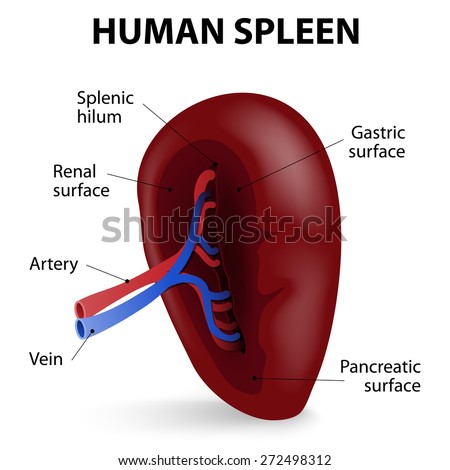The Brain
What is the brain?
The brain is an organ placed at the top of your spinal cord (Or in your head), and its purpose is to control the body, and send messages or almost like commands to tell your body what to do. This is what happens when you move or speak.
The Eyes
What are the eyes?
Your eyes are found in sockets on your face and come in a variety of different colours. Their purpose is to give you eye sight, so you can see everything around you.
The Oesophagus
What is the oesophagus?
The oesophagus is found in your throat area, and its function is to carry food, liquid and saliva to the stomach. Your oesophogus is very important, it carrys the food liquid and saliva to the stomach by coordinated contractions of its muscular lining.
The Lungs
What are the lungs?
lungs are found in your chest, and come in sets of two. Their main purpose is to allow you to breathe and pump oxygen up and into your brain. With out at least one lung you would most certainly die.

Heart
What is the heart?
The heart is one of the most important organs in your body. It pumps blood around your whole body and gives you circulation. It is, like the lungs, located in your chest. It is just above the lungs and on the right side of your body.
Liver
What is your liver?
Your liver is a large, meaty organ placed to the right, above your stomach. It is the largest in organ in your body, and its function is to keep the body pure of toxins, and makes proteins important for blood clotting. But its main purpose, is to filter the blood coming from the digestive tract, before passing it on to the rest of the body.
Stomach
What is your stomach?
Your stomach is a muscular organ located on the left side of the upper abdomen. Its purpose is to recieve food from the oesophagus, and pass it on to the small intestine. It holds food after ingestion and contains hydrochloric acid
Small Intestine
What is your small intestine?
The small intestine is an organ located right underneath the stomach. Its function is to receive food and liquid from the stomach, and absorbs the nutrients and minerals before passing it on.
Large Intestine
What is your large intestine?
Your large intestine is placed around the small intestine. Its purpose is to carry food down to the final part of the digestive system, and in the process, absorb the water from the remaining indigestible food.
Rectum
What is the rectum?
The rectums purpose is to absorb electrolytes and decompose indigestible food. Before passing the remaining contents through the last part of the digestive system
Anus
What is the anus?
The anus is the last part of the digestive system and its purpose is to empty what ever is left that the other parts of the digestive system couldn't dissolve/absorb/decompose out of the body.
Kidneys
What are your kidneys?
The kidneys are to medium sized bean shape organs located near the abdomen. They filter blood and are responsible for the creation of urine and hormones.

Pancreas
What is the pancreas?
The pancreas, being an organ part of the digestive system, is connected to the stomach and its purpose is to break down carbohydrates, fat and protein.
Gall Bladder
What is your gall bladder?
Your gall bladder is a small organ that stores bile before it is released into the small intestine.
Spleen
What is the spleen
The spleen is an organ that can be found underneath the heart, and its purpose is to fight infections and diseases to keep you healthy and strong

Appendix
What is your appendix?
The appendix is connected to the end of the large intestine, it is an organ that doesn't really have a purpose, and is sometimes removed due to implications.












No comments:
Post a Comment
Note: only a member of this blog may post a comment.